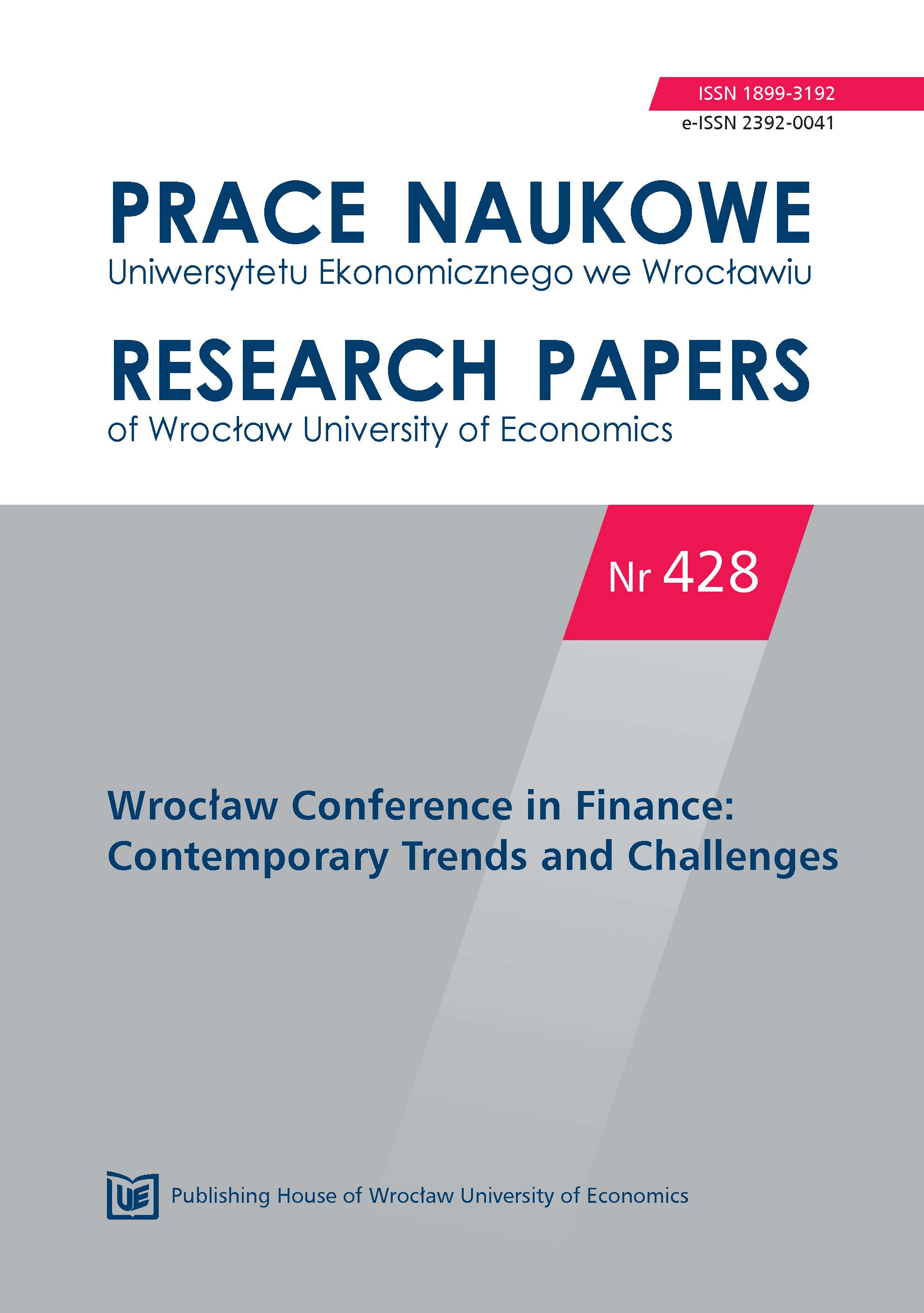Direct evidence of non-trading on the Warsaw Stock Exchange
Direct evidence of non-trading on the Warsaw Stock Exchange
Author(s): Sabina Nowak, Joanna OlbryśSubject(s): Economy, Financial Markets
Published by: Wydawnictwo Uniwersytetu Ekonomicznego we Wrocławiu
Keywords: market microstructure; non-trading; Warsaw Stock Exchange; financial crisis; firm size effect
Summary/Abstract: This paper documents the frequency of non–trading for the Warsaw Stock Exchange (WSE) listed stocks. The methodology builds on Foerster and Keim [1993] and refers to non–trading as the lack of transactions over a particular period when the WSE is open for trading. The non–trading frequency for each company is examined based on both the daily trading volume (in items) and the ratio of the number of non–traded days to the total number of trading days during the period investigated. The whole sample of the period January 2005 – December 2014 and three adjacent sub-periods of equal size: the pre-crisis, crisis, and postcrisis period, are analysed. The Global Financial Crisis on the WSE is formally established as the period of June 2007–February 2009. The research hypothesis that the frequency of nontrading does not depend on the firms’ size is tested. The empirical results indicate no reason to reject this hypothesis on the WSE and are rather robust to the choice of the sample.
Journal: Prace Naukowe Uniwersytetu Ekonomicznego we Wrocławiu
- Issue Year: 2016
- Issue No: 428
- Page Range: 184-194
- Page Count: 11
- Language: English

